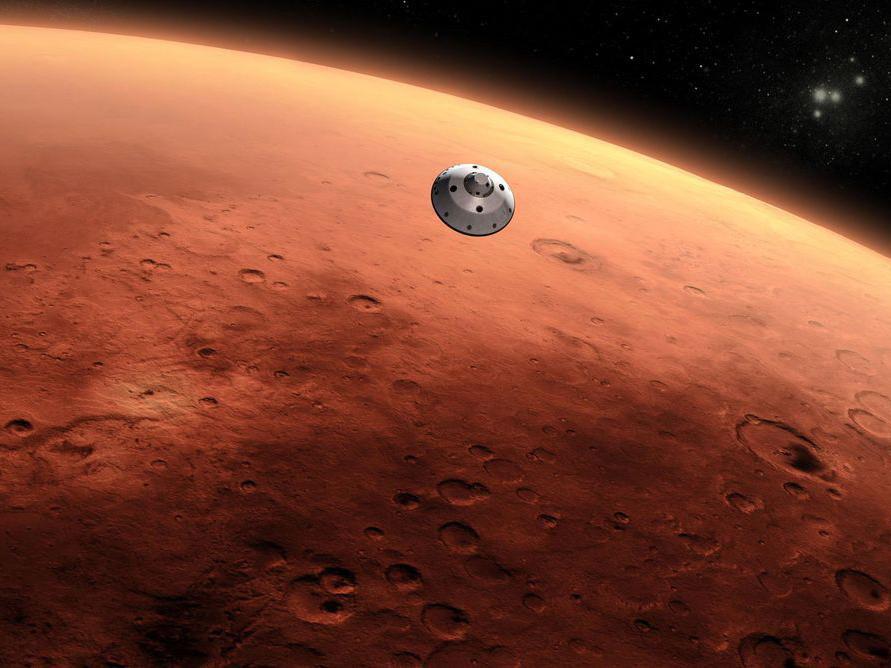Nasa to test technology for potential future human colony on Mars
Average temperature on the red planet is -81 degrees

Your support helps us to tell the story
From reproductive rights to climate change to Big Tech, The Independent is on the ground when the story is developing. Whether it's investigating the financials of Elon Musk's pro-Trump PAC or producing our latest documentary, 'The A Word', which shines a light on the American women fighting for reproductive rights, we know how important it is to parse out the facts from the messaging.
At such a critical moment in US history, we need reporters on the ground. Your donation allows us to keep sending journalists to speak to both sides of the story.
The Independent is trusted by Americans across the entire political spectrum. And unlike many other quality news outlets, we choose not to lock Americans out of our reporting and analysis with paywalls. We believe quality journalism should be available to everyone, paid for by those who can afford it.
Your support makes all the difference.Nasa is developing small nuclear fission reactors that could overcome one of the last technical barriers to life on Mars.
Energy generation has become the primary goal of space scientists after they established there is water on the red planet.
Testing of the 6.5 ft tall reactors, developed as part of a ‘Kilopower’ project over the past three years, is due to start in September.
If the units pass design and performance pass tests, Nasa would then test them on Mars.
The US department of Energy and Nasa’s Glenn Research Center are two key partners in the £11m project.
About 40 kilowatts of power are required for a human expedition to Mars, equivalent to what is needed for “about eight hours on Earth”, according to a 2008 report by Nasa.
The power requirements are for producing fuel, air, and water as well as recharging batteries for rovers and science equipment.
Each reactor under development would produce up to 10 kilowatts of power so only four would be necessary to power a colony of eight human beings.
The reactors work by splitting uranium atoms in half to generate heat which can be converted into electricity.
Relying on solar power would be difficult as Mars only receives about a third of the sunlight Earth does.
The last fission reactor tested by NASA was the Systems for Nuclear Auxiliary Power during the 1960s, nicknamed SNAP. Its system of radioisotope thermoelectric generators have powered dozens of space probes including the Curiosity robotic rover.
Lee Mason is responsible for power and energy storage technology development at NASA’s Glenn Research Center in Cleveland.
"It'll be the first time that we operate a fission reactor that could be used in space since [the] 1960s SNAP program," he told Space.
Earlier this week, NASA had to deny the allegation made by a guest on the Alex Jones show that the organisation was running a secret child-trafficking ring on Mars.
Canadian-American businessman Elon Musk has announced plans to colonise Mars.
“Using traditional methods, taking an Apollo-style approach, an optimistic cost would be about $10 billion (£8bn) per person” he wrote in a paper on New Space.
Join our commenting forum
Join thought-provoking conversations, follow other Independent readers and see their replies
Comments